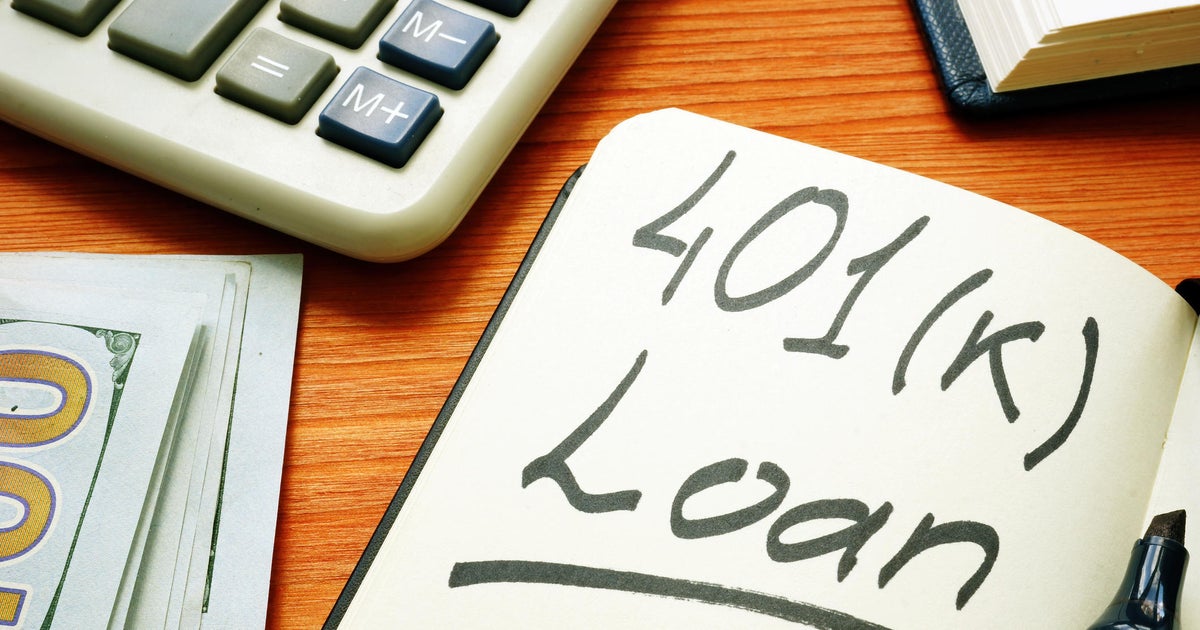High-yield checking vs. high-yield savings accounts: Which is better?
If your cash isn't making you money, it's losing value — an unfortunate side effect of persistent inflation. So, it's important to put your money to work if and when possible.
High-yield checking and savings accounts offer ways to earn more interest on the money you have sitting at the bank. Then again, you may be wondering which is the better option between the two, so it can benefit you to compare them to find out.
Take advantage of today's high-interest rate environment with a high-yield savings account now.
High-yield checking vs. high-yield savings accounts: Comparing your options
High-yield checking and savings accounts both have unique benefits and drawbacks to consider, and it's important to understand what these accounts are before you decide which option is better for your situation.
What are high-yield checking accounts?
High-yield checking accounts work much like traditional checking accounts. When you open one, you'll get regular access to your money using checks and/or a debit card. You can also set up direct deposit. So, what's the difference between traditional and high-yield checking accounts?
It's all in the yields. High-yield checking accounts pay a significantly higher interest rate than traditional checking accounts, but there are a couple of caveats to consider:
- You may need to maintain a sizable balance to qualify for the highest interest rates.
- You may need to make a minimum number of debit card transactions each month.
Open a high-yield checking account to earn more on your money now.
What are high-yield savings accounts?
High-yield savings accounts are similar to traditional savings accounts in that they are a safe way to store your idle cash.
"There is usually little to no risk when parking money in a high-yield savings or checking account," says Steve Azoury, ChFC® and owner of Azoury Financial in Troy, Michigan. "If the bank is Federal Deposit Insurance Corporation (FDIC) insured, your funds will be protected up to the insurable maximum amount," even if the bank fails.
And, high-yield savings accounts typically offer impressive returns. It's possible to find high-yield savings accounts with rates at or above 5%. However, there are a couple of caveats to consider:
- Like traditional savings accounts, high-yield savings accounts typically limit your access to your savings to a set number of withdrawals per month (most banks limit them to six per month). Exceeding the maximum number of withdrawals could result in extra fees or charges.
- Some banks that offer high-yield savings accounts don't have a physical location, which may not be ideal for all savers.
When are high-yield checking accounts better than high-yield savings accounts?
In general, a high-yield checking account shines when:
- You need regular access to your money: High-yield checking accounts may be better than high-yield savings accounts if you need an account without limits to the transactions you can make each month.
- You need fast access to your money: Most high-yield checking accounts offer debit cards and access to ATMs. High-yield savings accounts, on the other hand, don't always come with ATM cards.
When are high-yield savings accounts better than high-yield checking accounts?
There are times when a high-yield savings account may make more sense than a high-yield checking account, including:
- When you're building your emergency fund: Monthly withdrawal limits make high-yield savings accounts a strong option for building your emergency fund. Not only are withdrawals limited, but APYs are impressive in today's high interest rate environment.
- When you're saving for a specific purchase: If you're saving for something like a down payment on a house or a car, a high-yield savings account may be a more effective way to reach your goals, as the limited number of monthly withdrawals make it less likely that you'll dip into the funds.
Why not earn more from your money? Open a high-yield savings account now.
The bottom line
The truth is that neither high-yield checking accounts nor high-yield savings accounts are better than the other 100% of the time. Different financial products often fill different needs, as is the case here. The better option for you all depends on how you plan on using it. If you need an account that offers easy, daily access to your money, high-yield checking may be a good option. If you need an account that offers more discipline to your savings, a high-yield savings account may be the better option.




